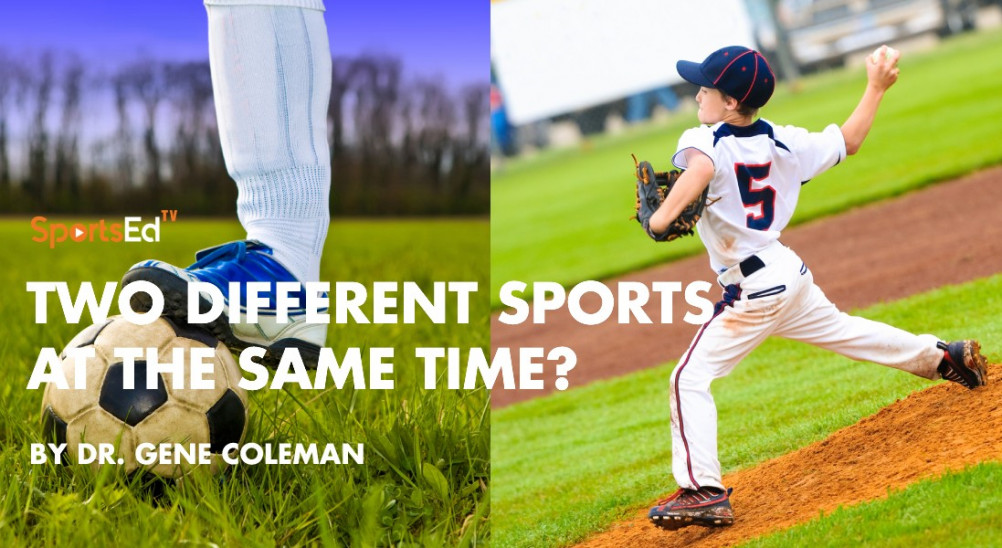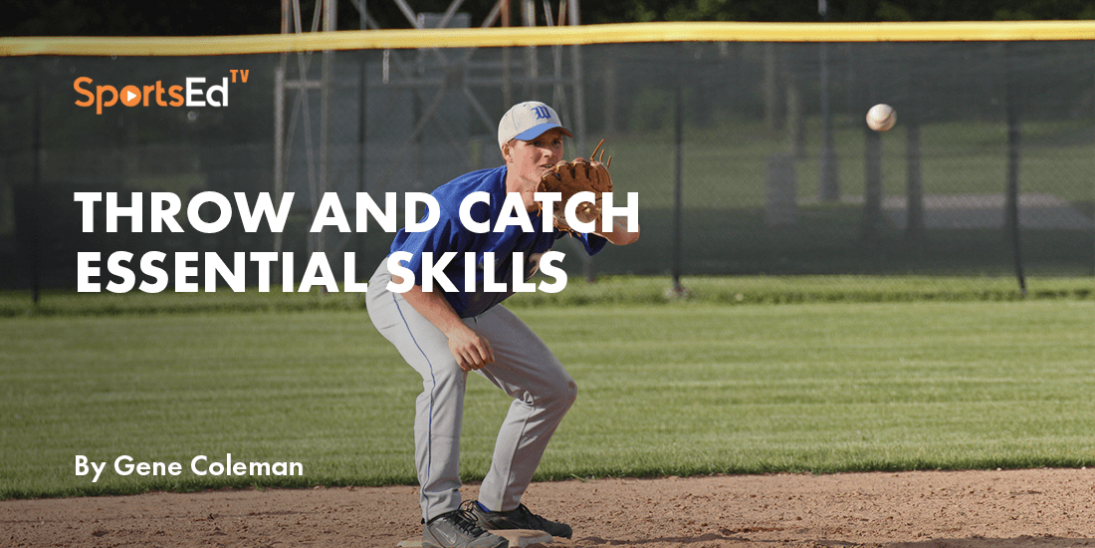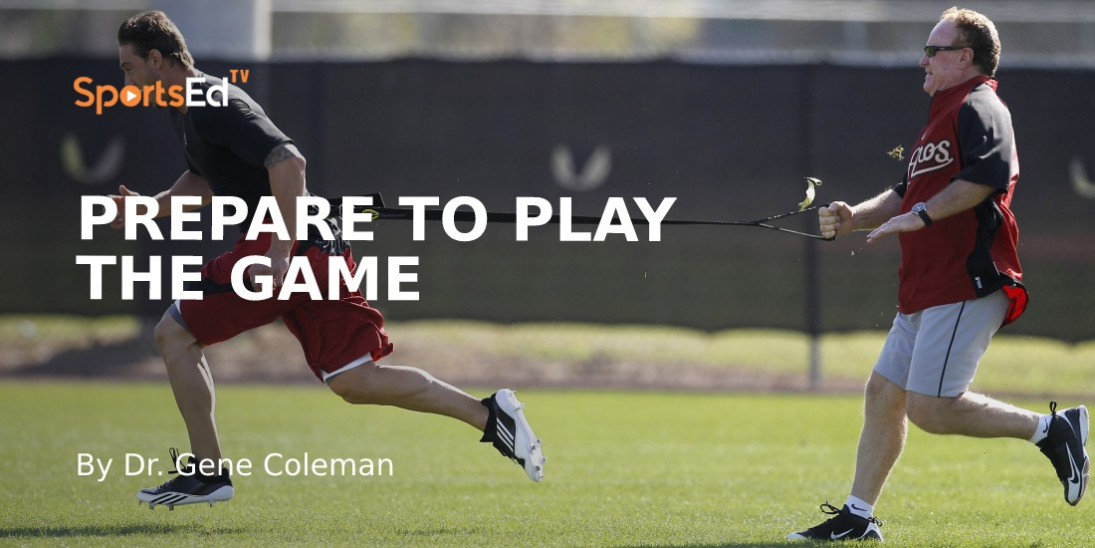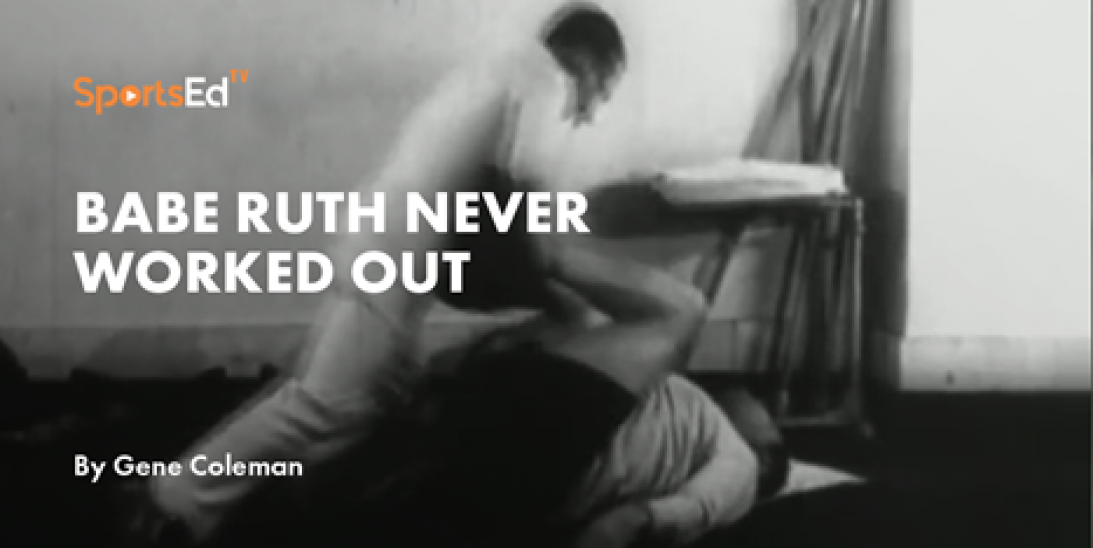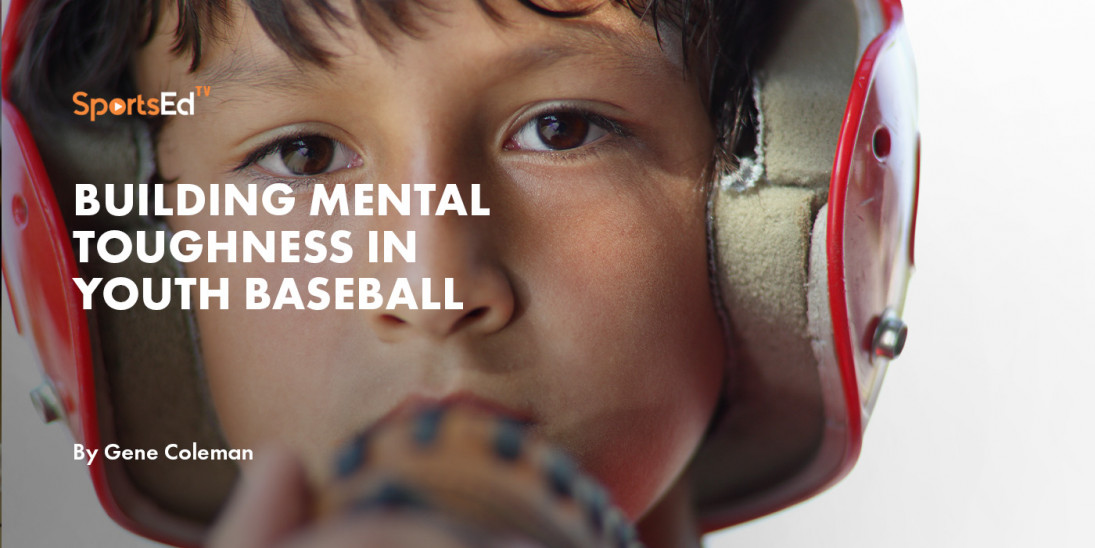Baseball, Basketball, Football - American, Lacrosse, Physical Education, Soccer, Sports Parenting, Tennis, Volleyball
Welcome and thanks for visiting...

Sleep and Injury in Youth Sports
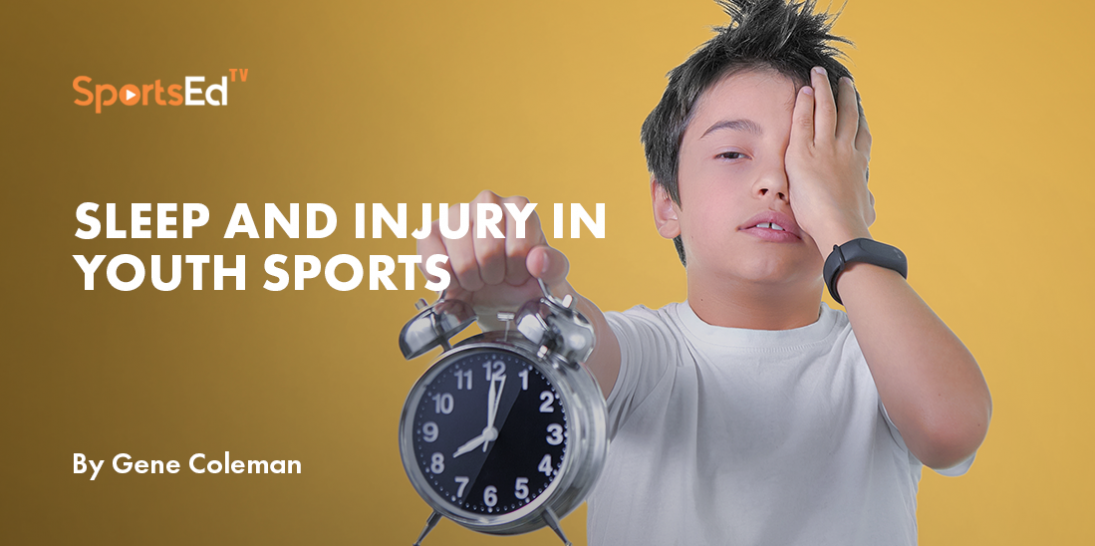
Everyone understands the importance of sleep to health, well-being, and quality of life. Now, we have research that indicates that sports performance is enhanced and the risk of injury is less among young athletes who get 8-10 hours of regular sleep each night than in those who get less than 8-10 hours of regular sleep1. And, if by chance you are injured, recovery and healing are faster in those who get more sleep.
Inspection of Figure 1 suggests that healthy sleep is a vital element in reducing the risk of sports injuries in teenage athletes. Adolescent athletes who slept eight or more hours each night were 68% less likely to be injured than athletes who regularly slept less. According to research, the strongest predictors of sports injuries in adolescents are insufficient sleep and higher age and grade 2. Approximately 65% of students with less than 8 hours of sleep per night had injuries. This is a 1.7 times greater risk of injury than those teens who got more than 8 hours of sleep. Even more striking is the data in Figure 1 (below), showing that four times more injuries occurred in players reporting 6 hours of sleep per night compared to those getting 9 hours of sleep.
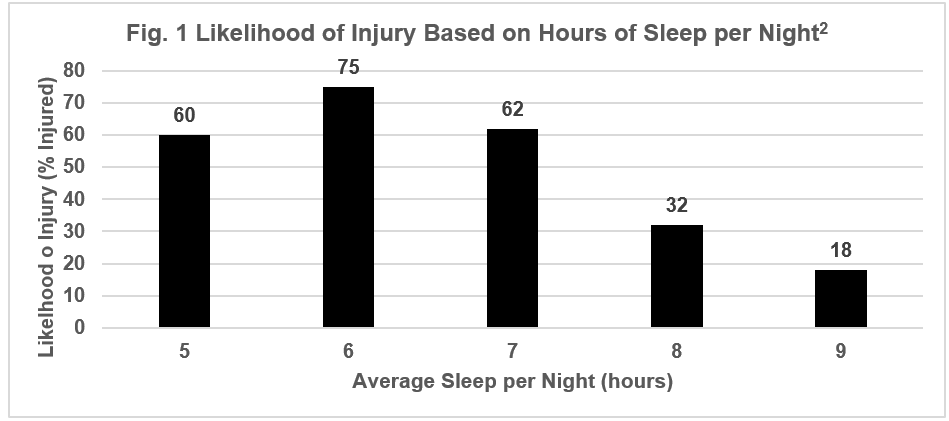
While some high-level level athletes might believe that because they occasionally perform well with less sleep, elite athletes are immune to the effects of sleep loss. While their achievements may be superior to others, there is evidence they are not performing at their peak. When researchers compared the reaction times of elite athletes during weekday and weekend sleep patterns, they found that the reaction times on Monday, after students were well rested over the weekend, were faster than on Thursday or Friday, when students were in a state of sleep debt3.
The effects of sleep loss are cumulative and cannot be fully resolved with an occasional power nap or an extra hour of sleep. Authorities agree that adolescent athletes who get 8-10 hours of regular nightly sleep recover better and have improved immune function, less risk of illness, faster movement and reaction times, and improved cognitive function than those who get less sleep.
References
- Milewski, M., et al. Chronic lack of sleep is associated with increased sports injuries in adolescent athletes. J Pediatr Orthop. 34(2):129-133, 2014.
- Children’s Orthopaedic Center at Children’s Hospital, Los Angeles.
- Suppiah, A., et al. Effects of sports-specific training intensity on sleep patterns and psychomotor performance in adolescent athletes. Pediatr Exercise Sci 2016 (in press).




